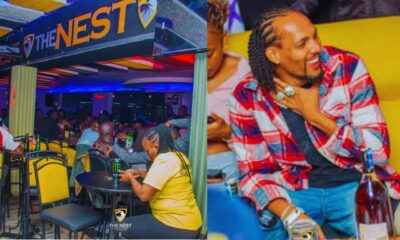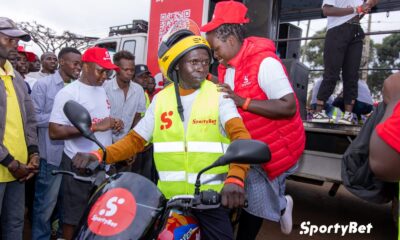Despite Nairobi City County contributing over 60% of Kenya’s GDP, it has remained the poorest County in the Republic of Kenya. 50% of Nairobi’s population (2m people) live in the slums. These people lack basic needs such as water, shelter, toilets, good roads, etc.
This was according to a well-coordinated campaign running on twitter this afternoon.
Through a hashtag #WhoIsPOOR, netizens demonstrated how an average Nairobian is more marginalized than any other individual who calls themselves marginalized, for instance, a herder in North Eastern who gets more bursary for his children and owns a herd of camels.
A concerned netizen noted that while MPs from Mt Kenya struggle very much to divide bursaries amongst many needy students who at last end up getting as little as kshs 2,000, members from North Eastern and their colleagues from Lamu are struggling to look for students whom they can give bursaries and sponsor others even to colleges abroad.
Here are more sentiments;
Close to 70% of Nairobians stays at informal settlements, Slums are all over, From Kibera, Mathare, Mukuru, Kawangware, etc The residents grapple with rent, food, fare to job electricity and water bills,
In North Eastern, There’s no slum.
Everyone owns a piece of land#WhoisPOOR pic.twitter.com/MRNLwpipV9— Kitsuru Oligarch💎 (@NytoMwangi) August 3, 2020
Between an individual who owns a caravan of Camels 🐫🐫🐫🐫 and the one who wakes up everyday from Kibera or any informal settlement in Nairobi to Industrial area daily to earn only Ksh .300 per day!! Who is marginalized? Who is disadvantaged? https://t.co/4ao78b1FWl#WhoisPOOR pic.twitter.com/MM3zBYBKwI
— Gitobu Kiogora (@NicholasGitobu1) August 3, 2020
Inequality in rural areas of Kenya is declining, but in cities it is high and rising. Although the rural Gini coefficient is now around 0.38-suggesting similar levels of inequality to Portugal and much lower than the US-it is a whopping 0.59 in Nairobi #WhoisPOOR pic.twitter.com/qEv7TYEYlD
— Iamwhoiam (@IamwhoIam254) August 3, 2020
Nairobi contributes 30% to the GDP growth and 60% of the tax receipts. With 5M residents, Nairobi receives ksh.15B in shareable revenue, while a county like Mandera which contributes 0.5% to the GDP growth gets Ksh.12B in shareable revenue.#WhoisPOOR pic.twitter.com/QEbh6iAgoy
— Fuata Nyuki (@ArapKungu) August 3, 2020
A Mr Omondi in Nairobi has a juakali stall. The stall feeds his family and solely funds all the family needs. Abdul in Eldas has 40 camels, 200 acres of land, 2000 goats. By kenyan standards, Abdul is marginalized while Omondi is rich. #WhoisPOOR pic.twitter.com/O8b8UxzSO5
— Louis Kandie (@LouisKandie) August 3, 2020
Between a farmer in Nyandarua county who solely depends on half an acre as the only arable land and a camel owner from North Eastern who owns over 100 camels (the cost of a single camel is over 80,000), who is poor?#WhoisPOOR? pic.twitter.com/PJMbkCQhWD
— Murimi Muriithi (@corneliusmurimi) August 3, 2020













